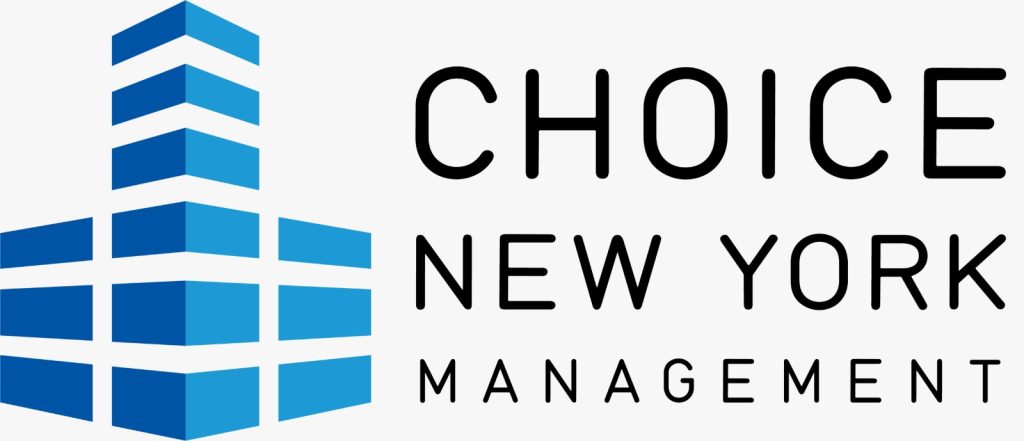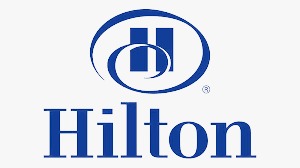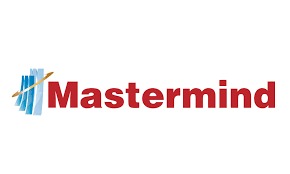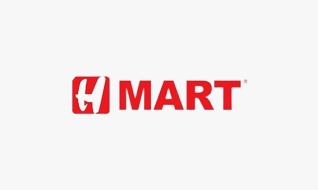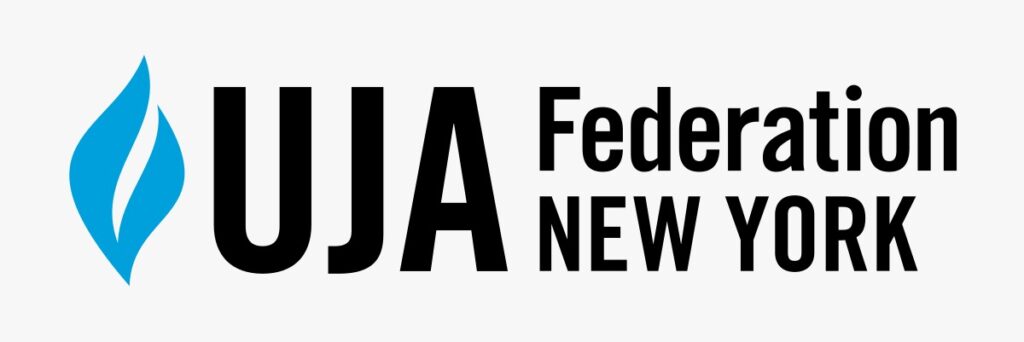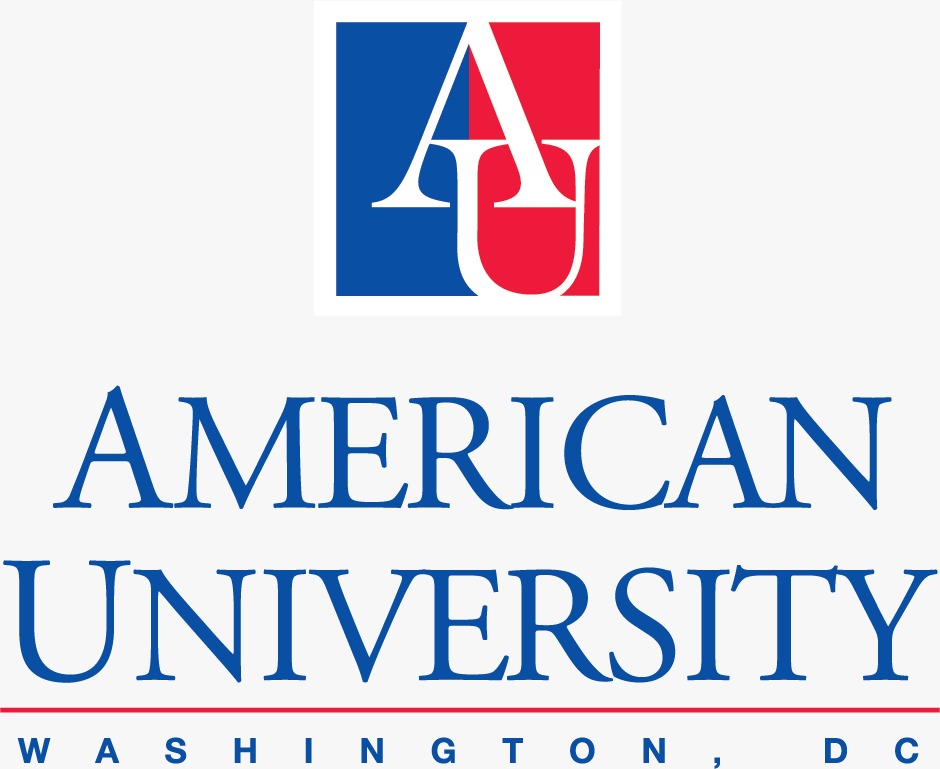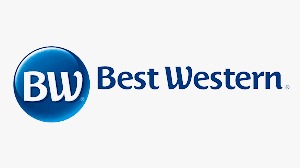ABOUT LOCAL LAW 97, NYC
Local Law 97, as part of NYC’s Climate Mobilization Act, aims to reduce carbon emissions by individual buildings. The goal is to cut emissions from major buildings by 40% in 2030 and 80% by 2050.
F&D Partners helps you steer clear of facing NYC LL97 penalties, thereby ensuring your commitment to sustainability goals set by the government.
Call us today
+1 (917) 754 - 3588
commercial Accounts
states We operate
Retention Rate
Let's get in touch
Official January 2024 LL97 Changes
In order to mitigate penalties, demonstrating Good Faith entails compliance with LL84 and LL88 regulations, along with meeting one of six specified criteria.
- Ensure approval of DOB permits or provide a signed contract along with proof of payment, If retrofit work doesn’t require a DOB permit to meet the 2024 deadline.
- Confirm contracts have been established with ConEd for the electrification process.
- Submission of the Decarbonization Plan.
- Showcase compliance with regulations from the preceding year; however, this isn’t applicable for the 2024 period.
- Critical facility-hospital
- Address any financial hardships, such as inclusion in the NYC tax lien sale list.
Other Aspects of September 2023 LL97 Changes:
- Establish clear guidelines for the inspection and documentation procedures concerning the implementation of the 13 prescribed energy measures for affordability.
- Outline the criteria and process for claiming beneficial electrification credits.
- Ensure compliance with LL88 regulations, including penalties of $1,500 per building for lighting infractions and an additional $1,500 penalty for violations related to submetering.
WHAT BUILDINGS ARE MORE AT RISK OF COMING UNDER THE SCANNER OF LOCAL LAW 97?
Local Law 97 marks more than 50,000 residential and commercial buildings. Therefore, chances are yours is most likely on this list!
It specifically affects:
Buildings that cover more than 25,000 square feet that file Local Law 84.
Two or more buildings with a combined square footage of more than 50,000 square feet, located in the same tax lot.
Over 50,000 square feet that are shared between two or more buildings, owned by one condo association and overseen by the same board of managers.
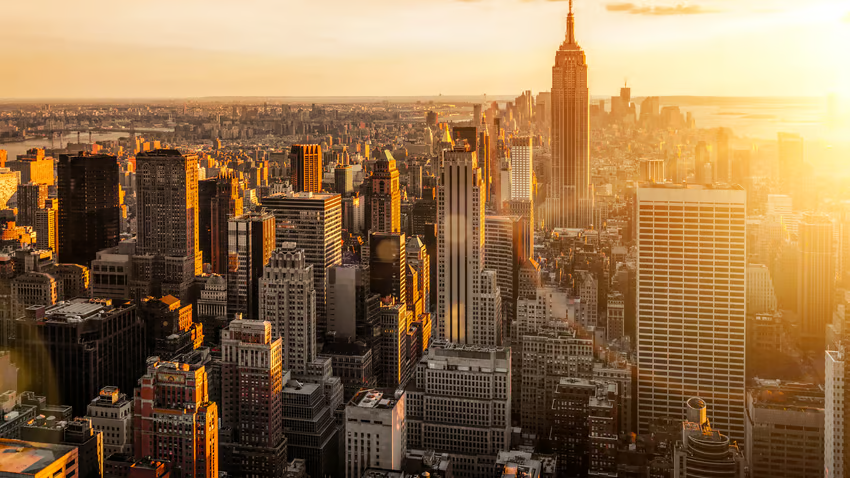
HOW SEVERE ARE THE NYC LOCAL LAW 97 PENALTIES?
The penalties can vary in severity depending on the nature and scale of the environmental non-compliance. They may include fines, penalties, or corrective actions,
They are often designed to encourage regulatory compliance and discourage repeat offenses. In some cases, repeated or serious violations can lead to harsher results, including potential legal actions or restrictions on business operations.
HOW TO CALCULATE THE PENALTY?
The calculation for penalties under Local Law 97 in New York City can vary based on the regulatory framework and the specific provisions outlined in the law. There are some common factors that might influence penalty calculations include:
- Severity of the violation
- Number and frequency of violations
- Size and nature of the entity
- Mitigating or aggravating circumstances
- Previous enforcement actions
- Willingness to cooperate and rectify the issue
For more information, contact F&D Partners at (917) 754 – 3588 or send an email to info@fanddpartners.com. Our sustainability consulting team will work with you to prevent violations and start and we can do that for you!
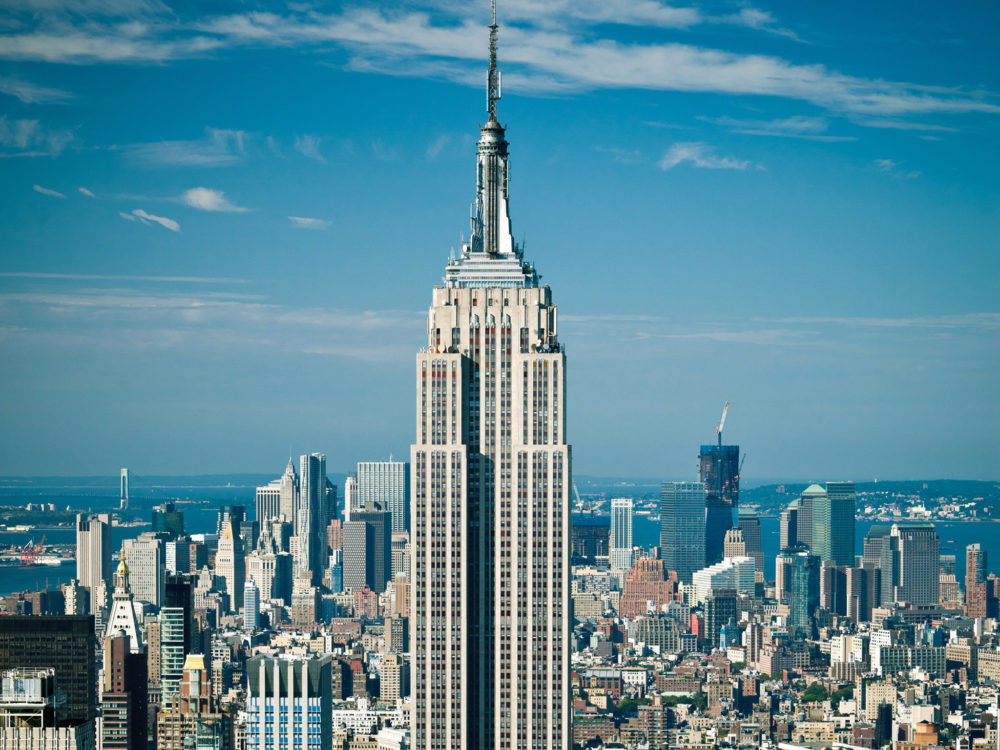
F&D Partners will be with you every step of the way of local law 97 NYC!
1: Begin with a free consultation to know more about your building.
- What fines are you expected to face?
- Where does your building stand?
2: A 60+ pages long thorough study, where NYSERDA will pay 50% of the cost for commercial buildings and 75% of the cost for residential buildings, will be provided to you by us, explaining in detail the analysis conducted, measurements
- An engineer inspects the building and its mechanical equipment.
- In 12 weeks the study is finished with a detailed analysis of your building and recommended measures to lower your emissions.
- A roadmap is created with your team to help your organization comply with NYC LL97.
- A roadmap is created with your team to help your organization comply with NYC LL97.
- Once you choose the projects, F&D Partners can help with engineering designs, project management and apply for incentives from utilities
- F&D partners will help you monitor all of your utilities through its software: energy, gas, emissions level and natural gas. This is all done with a simple app, very easy and efficient to use. just one click away from constantly being aware of all your data!
- Most importantly a lifetime partnership! f&d partners will always have your best interest at heart. We are here to help you!
- NYSERDA usually wants to see energy efficiency recommendations that will reduce 25-30% of the emissions but in many cases, buildings need to cut more than that, so, we would recommend projects to lower their emissions by over 65% at no extra cost. Other consultants would not do double the work at the same price and in their case they ask for $200/hr – $300/hr.
- Most of their reports are not thorough (8-20 pages) while our reports are extremely detailed (usually 60-120 pages), including sensitivity analysis, and several strategies on how to comply. Also, their reports are run by Certified Energy Managers (who do not fully understand the buildings) while ours are run by Licensed Mechanical Engineers with decades of experience.
- We will have meetings/Zoom with all stakeholders at no extra charge, while many other engineering firms charge as much as $200-$300/hr because we want these buildings to comply by lowering their emissions, and becoming more energy efficient while avoiding up to millions of dollars in penalties.
- We are one of the leading local law 97 NYC consultants running engineering studies in over 6 million sq ft.
Navigating Local Law 97: Sustainable Practices for Rent Regulated and Affordable Housing
Local Law 97 (LL97) covered buildings with rent regulated and/or affordable housing should be following one of the paths detailed below:
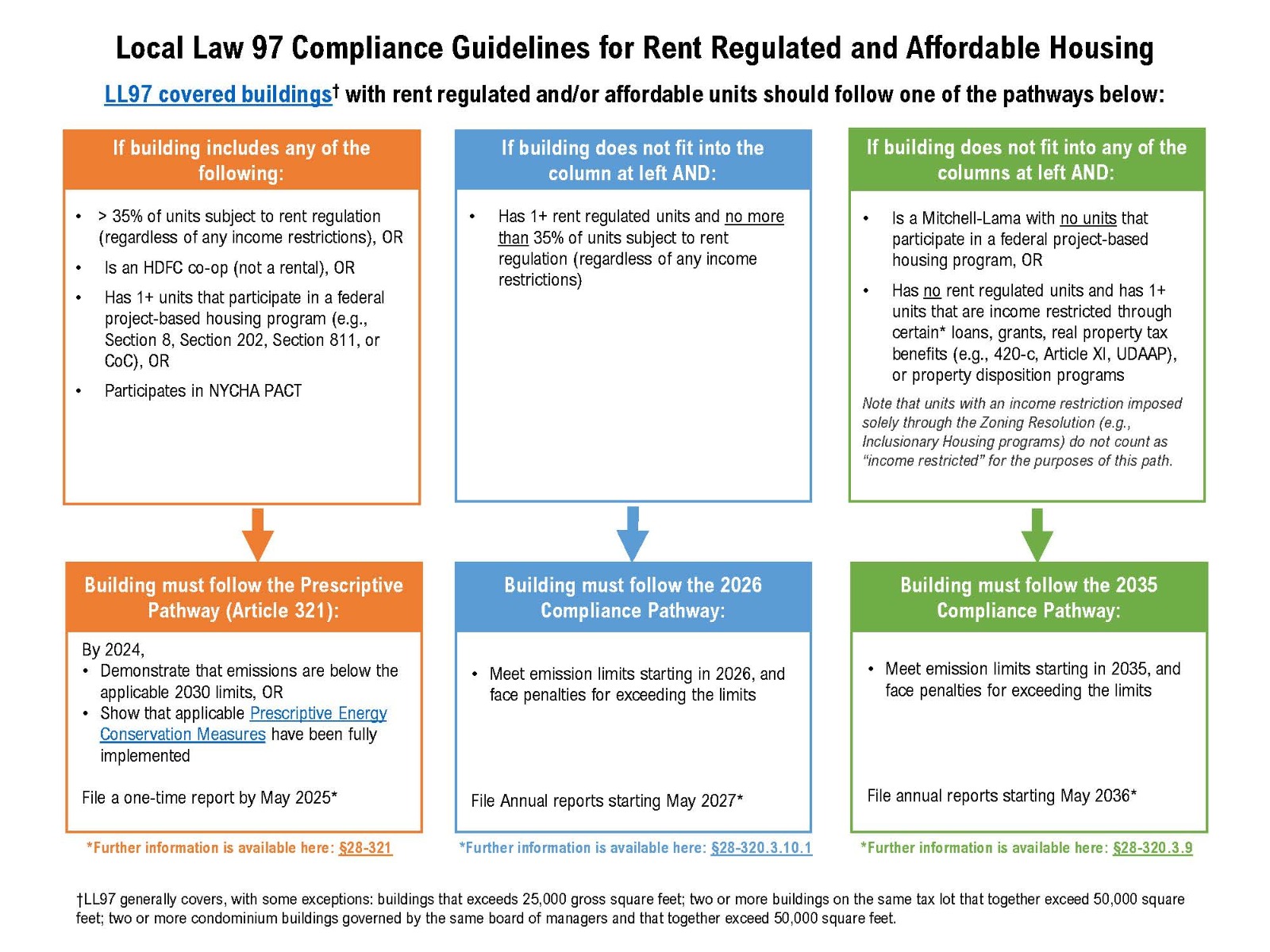
FREQUENTLY ASKED QUESTIONS
There are different ways to comply. To achieve a building’s carbon limit, owners can directly reduce carbon by increasing energy efficiency and switching to lower-carbon fuels. To help fulfill the law’s targets, they can also use credits from approved renewable energy generation (RECs) or greenhouse gas reduction programs (GHG offsets), or construct solar or battery storage on-site.
For each month that the violation is not corrected within the 12 months following the reporting deadline, the owner of a covered building who is found in violation for failing to file a report is subject to a fine of up to the gross floor area of that covered building multiplied by $0.50.
Contact F&D Partners at (917) 754 – 3588 or send an email to info@fanddpartners.com and we can do that for you!
Residential buildings only pays 25% of the study cost and commercial buildings pay 50% of the study cost while NYSERDA covers the rest of the cost.
Local legislation 87 serves as a road map for future LL 97 compliance. Low-cost carbon solutions will undoubtedly be addressed with the proper retro-commissioning techniques applied following an energy audit.
1. NYSERDA usually wants to see energy efficiency recommendations that will reduce 25-30% of the emissions but in many cases buildings need to cut more than that, so, we would recommend projects to lower their emissions by over 65% at no extra cost . Other consultants would not do double the work at the same price and in their case they ask for $200/hr – $300/hr.
2. Most of their reports are not thorough (8-20 pages) while our reports are extremely detailed (usually 60-120 pages), including sensitivity analysis, and several strategies on how to comply. Also their reports are run by Certified Energy Managers (who do not fully understand the buildings) while ours are run by Licensed Mechanical Engineers with decades of experience.
3. We will have meetings/Zoom with all stakeholders at no extra charge, while many other engineering firms charge as much as $200-$300/hr, because we want these buildings to comply by lowering their emissions,
and become more energy efficient while avoiding up to millions of dollars in penalties.
4. We are one of the leading LL97 consultants running engineering studies in over 6 million sqft.
As per LL97 regulations, structures are allocated emissions thresholds that become progressively stricter as time passes, taking into account their energy usage trends. To remain within these emissions limits and avoid penalties, buildings are obligated to implement energy efficiency enhancements and other retrofits. Specifically, buildings housing a minimum of one rent regulated unit and up to a maximum of 35% fall under the purview of Article 320.3.10.1 (2026 Pathway), obliging them to keep their emissions below the specified limits from 2026 onwards. The initial annual compliance report for these specific buildings must be submitted by May 1, 2027.
Structures that encompass over 35% of rent regulated units along with various forms of economical housing have the option to adhere to LL97 through two avenues: firstly, by ensuring they stay below the designated emissions thresholds, or alternatively, by adhering to the guidelines outlined in Article 321 (Prescriptive Pathway).
The Prescriptive Pathway necessitates property owners to undertake specific energy preservation actions before December 31, 2024. These measures include enhancements to lighting systems, weatherproofing efforts, and the sealing of air leaks.
For HDFC rental units, the applicable pathway could be Article 321 (Prescriptive Pathway) or Sections 320.3.10.1 (2026 Pathway) or 320.3.9 (2035 Pathway), contingent upon factors such as the presence of rent-regulated units, the quantity of such units, or involvement in a federal project-based housing initiative (e.g. project-based Section 8). Please read above in order to find out more.
Local Law 97 (LL97) does not explicitly outline the treatment of buildings solely benefiting from 421-a tax exemptions. To determine the appropriate compliance pathway, owners must consider alternative aspects of the building and its units, such as the percentage or number of units under rent stabilization.
- If a building houses more than 35% of rent-stabilized units or has any number of units participating in federal project-based housing programs, like project-based Section 8, then the prescribed course of action is to follow the Prescriptive Pathway.
- In cases where the building includes at least one rent-stabilized unit and no more than 35% of units are rent-stabilized, the recommended approach is to follow the 2026 Pathway.
- When a building lacks rent-stabilized units but is subject to income restrictions due to specific government loans, grants, disposition programs, or tax benefits (in alignment with Section 320.3.9), the advisable route is the 2035 Pathway.
- Generally, rental buildings solely benefiting from “old 421-a” (421-a(1-15)) should adhere to the Prescriptive Pathway, as this older version of 421-a mandates that all rental units be under rent stabilization, encompassing both market-rate and affordable units. Meanwhile, rental buildings exclusively benefiting from “new 421-a” (421-a(16)) will likely follow the 2026 Pathway, as the new 421-a requires only the affordable and market units below the vacancy decontrol threshold to be rent stabilized. Homeownership buildings, regardless of whether they fall under old or new 421-a and possess HPD/HDC loans along with a regulatory agreement containing occupant income limitations, are advised to pursue the 2035 Pathway. For homeownership buildings solely covered by standalone 421-a, they are obligated to comply with Article 320 from 2024 (2024 Pathway).
Mitchell-Lama cooperatives and rentals typically align with the guidelines set forth in Article 320.3.9 (2035 Pathway), necessitating their compliance by the year 2035. However, if a Mitchell-Lama structure includes any units involved in a federal project-based housing program, it would be governed by Article 321 (Prescriptive Pathway) in 2024 instead of following the 2035 Pathway.
Mitchell-Lama buildings constructed before 1974 are not subject to rent regulation, and it’s not permissible for a Mitchell-Lama housing entity to be established as an HDFC. Consequently, the applicability of Article 321 (Prescriptive Pathway) to Mitchell-Lamas solely hinges on their involvement in federal project-based support. In all other instances, these developments are bound to adhere to Section 320.3.9 (2035 Pathway).
It is recommended that buildings initiate energy-saving measures as soon as possible and maintain records from the outset of their implementation. Comprehensive regulations and informational resources from the Department of Buildings (DOB) will soon be made available. Keep a lookout for updates on the DOB website under the “Resources” section in the upcoming year.
Importantly, for structures adopting energy conservation measures as outlined in Article 321, the compliance report submission necessitates the involvement of a Retro-commissioning Agent. In the case of buildings reporting adherence to emissions limits based on Article 321, their annual reports must be endorsed by a registered design professional. F&D Partners can help you with this.
A building becomes eligible for Article 321 (Prescriptive Pathway) with any quantity of units receiving federal project-based assistance. It’s important to clarify that tenant-based Section 8 vouchers are not considered federal project-based assistance for this purpose.
Electrification would not be classified as one of the predefined energy conservation measures, but endeavors related to electrification could potentially assist a building in aligning with the emissions limits specified in Article 321.2.1 and Article 320.


